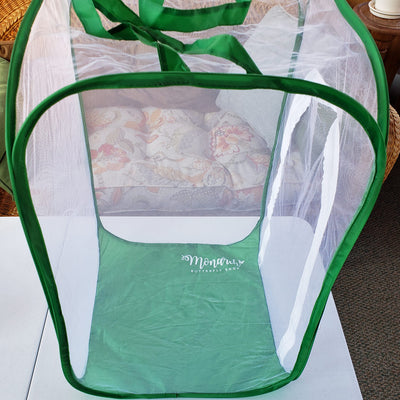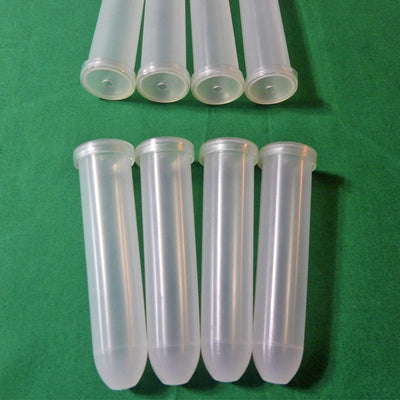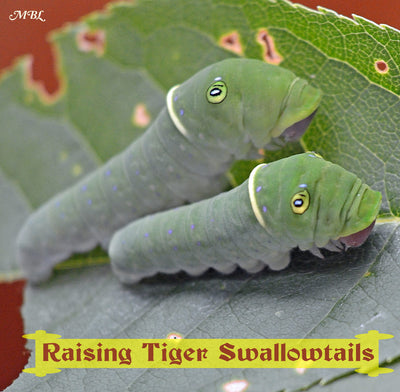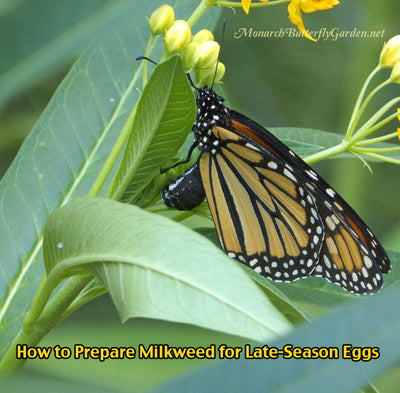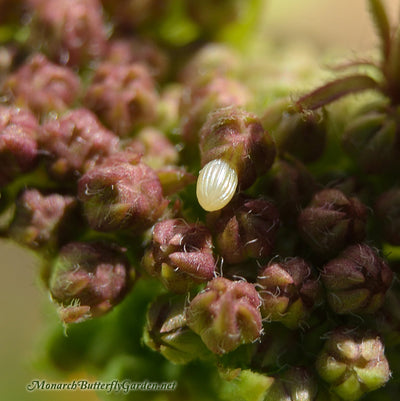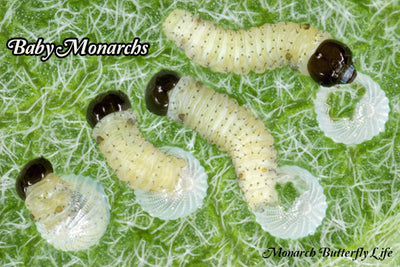Raising Butterflies Blog
Raising Hope for the 2018 Monarch Migration- Raise The Migration 6 Results

Raise The Migration is an annual North American challenge to raise monarch butterflies to release for fall’s annual monarch migration. The time has come to share your 2018 experience and raise it forward…

The raising season is coming to an end, so we’d love to hear how many butterflies you released for fall’s annual 2018 monarch migration…and more importantly, what lessons you’ve learned through this amazing experience?
If you’ve still got some raising to do, raise on! But please post in the comment box at the bottom of this page after you’ve released your last butterfly.
Every year, I start Raise The Migration in early August, but monarchs raised at that time aren’t actually migration generation butterflies…they’re actually the parents to that amazing generation of travelers.
There’s no way to tell whether butterflies will mate or migrate, but one telltale sign of a migration generation butterfly is its size. The first noticeably large caterpillars start to form chrysalides after the first week of September in our northern region…this year was no exception.
In the garden, you can tell non-migratory butterflies by their worn out wings. Non-migratory males are also more aggressive, chasing off potential competition while seeking out female companionship…migratory monarchs are in sexual diapause and only interested in stocking up on nectar for the long journey ahead.
So how did our Raise The Migration Monarchs fare this season and what lessons did we learn raising forward?
===========================================================================================
In addition to Raise the Migration, I have have also published a more in-depth, organized raising guide to further assist you in raising healthy monarch butterflies.
If you’re interested in a step-by-step guide digital guide with free updates (before each monarch season begins in spring) please check out the monarch raising guide by clicking this butterfly photo:

For anyone who purchases the guide (or any other item) from Monarch Butterfly Life, you will be invited to our closed facebook group where you can discuss raising monarchs with other raisers and post your photos.
===========================================================================================
I counted our 2018 migration generation as all butterflies that eclosed September 15 and after. We released other migrators the first half, but these 15 were from our final few days of egg and caterpillar hunting.
Usually, I take a short break before Raise The Migration, but we’ve been raising at least a few indoors since May…a very busy season in the upper midwest!
Raise The Migration 2018 Results
As of October 3rd, I can now confirm a 6th straight season of a 90%+ survival rate!
Here are Raise the Migration results from the past five seasons:
2017- 100% survival rate
2016- 96% survial rate
2015- 96% survival rate
2014- 90% survival rate
2013- 100% survival rate
As you can see from the results, this raising system is consistently producing healthy monarchs to help support the struggling monarch population.
Caterpillar Escapes
No escapees, but a cautionary tale from a bit earlier in the season. I was bringing over a cutting to the sink and was not using the safety net of the food tray to carry it over. Along the way, a small instar 2 caterpillar fell from the cutting on to the kitchen floor.
Thankfully, I came across it on the floor before my shoe did. This near tragedy was completely unnecessary. Processes are in place for a reason…
Unexplained Caterpillar Deaths
One of the small caterpillars I brought inside seemed troubled by its face cap after a molt. The cap was actually sitting on the caterpillars back, unattached. I carefully brushed it away and the caterpillar turned around to feast on its shed skin…problem solved?
The next day, I noticed the occupied milkweed leaf didn’t have any chew marks….I noticed the same disturbing trend over the next couple days. On the third day, the noticeably shrunken caterpillar had crawled to the side of the cage. I euthanized the starving larva. ☹️
Caterpillar Diseases and Parasites?
Zer😊
Caterpillar Accidents
zero accidents!
Chrysalis Problems?
All 14 chrysalides were formed to perfection.
Butterfly Eclosures
14 healthy butterflies emerged from their chrysalides
Final Results
When I started this event 6 years ago, I was much more focused on the numbers, but as this event has evolved, I realize this isn’t what it’s all about.
What most important is that we’re all learning and improving our raising processes so that we can support healthier monarchs raising forward. 🐛
But for those that appreciate a numbers report, here are my official results from RTM 6:
0 accidental deaths
0 disease issues
1 unexplained death
7 healthy males
7 healthy females
93% survival rate
 Migration Monarch
Migration MonarchLessons Learned?
Even after 40 years of raising, I’m still learning lessons that make this process better for both raiser and monarch. In 2018 I discovered:
- Monarch males like to land on milkweed, while can be very confusing if you don’t know the difference between males and female monarchs. Although I’ve noticed this before, I never really thought about the confusion this might cause for those that don’t know the differences to look for between the sexes.
- Monarchs want a secure place to shed their skin: many monarchs we raised went inside the floral tube rack to shed their skin on the walls before climbing back up to fresh milkweed
- Monarchs want a secure place to form their chrysalis A: a few also decided that hanging from the top shelf of the rack was a good idea to enter the 3rd stage of metamorphosis. What to do if your caterpillar hangs from the top shelf of the floral tube rack?
- Monarchs want a secure place to form their chrysalis B: Try placing the green handles of your mesh cage on top of the roof. These narrow bands of shadow were another popular place to form chrysalides
- Butterflies don’t like cold. If serving gatorade or fruit to adults, make sure to offer these at room temperature.
- Monarch caterpillars eat Gomphocarpus physocarpus milkweed pods too!
 Before
Before After
AfterAnd now, here’s the part I’m most excited about…hearing about all the valuable lessons you learned raising monarchs over the past few weeks!
Share Your Results?!
Please share your results below by letting us know how many monarchs you released to help boost the struggling monarch population…remember to include your location.
More importantly, please share the most valuable lesson(s) you learned about raising monarch butterflies, that you believe can help others raising forward.
Thank you for helping to Raise the Migration in 2018!


